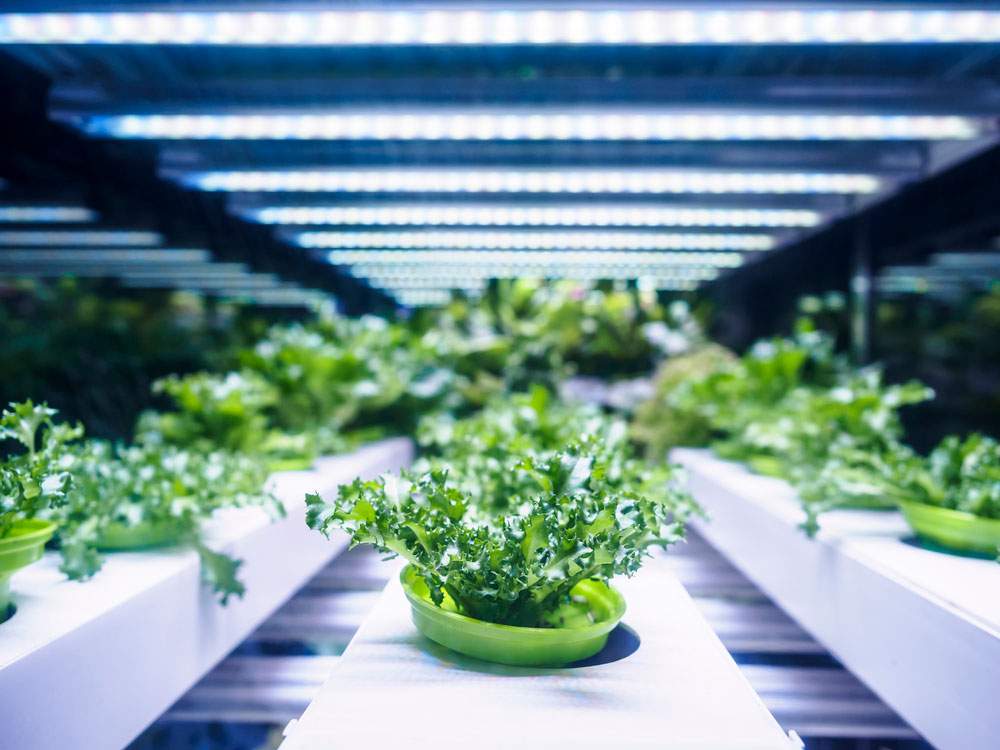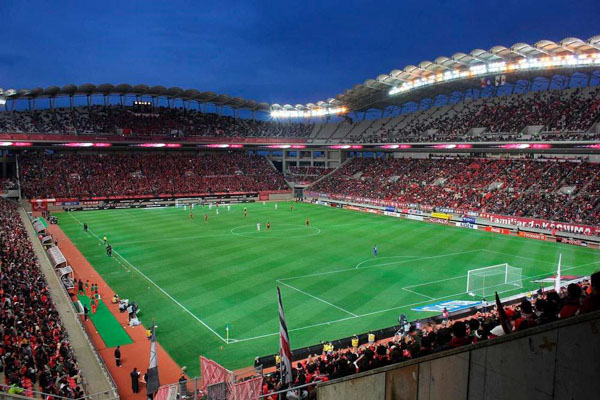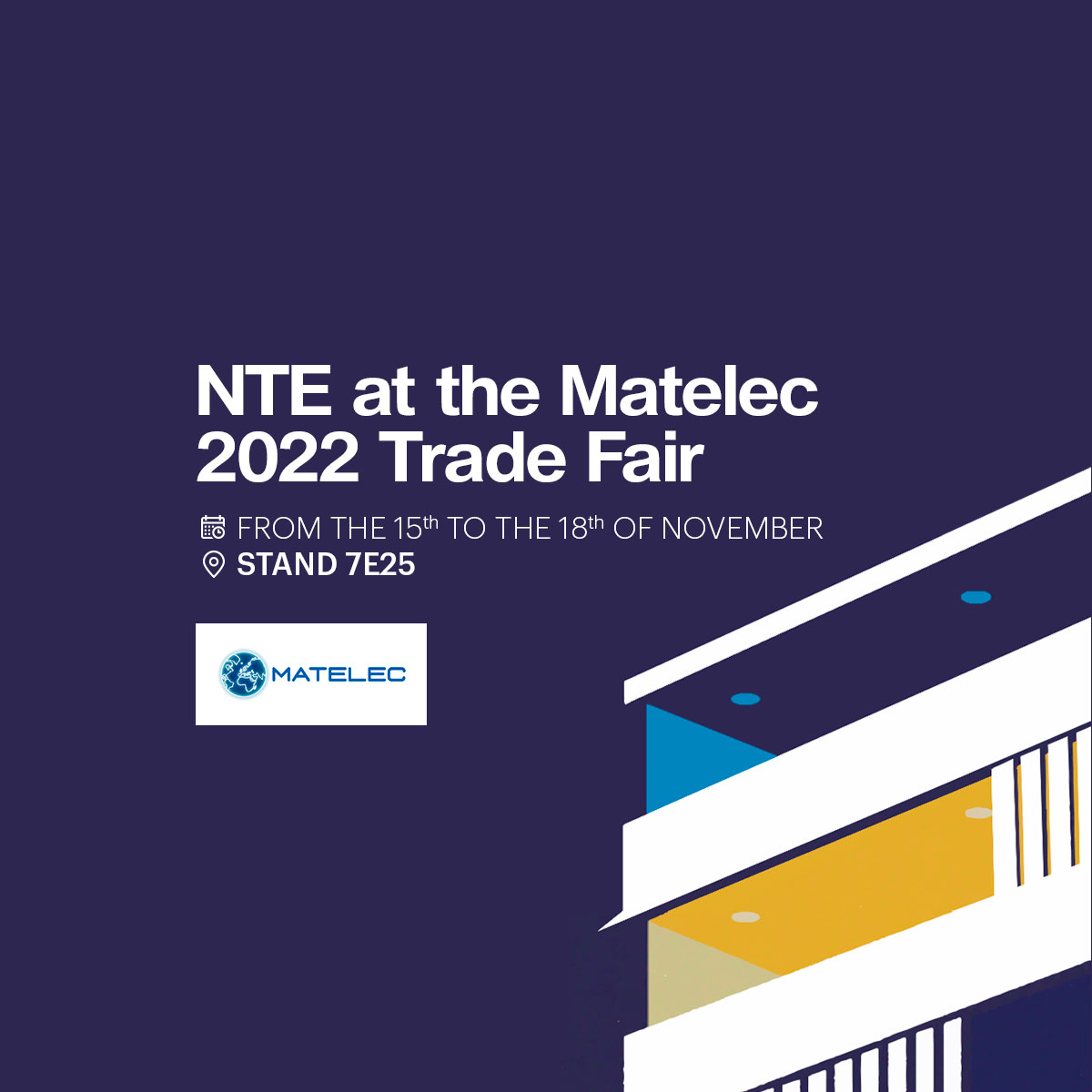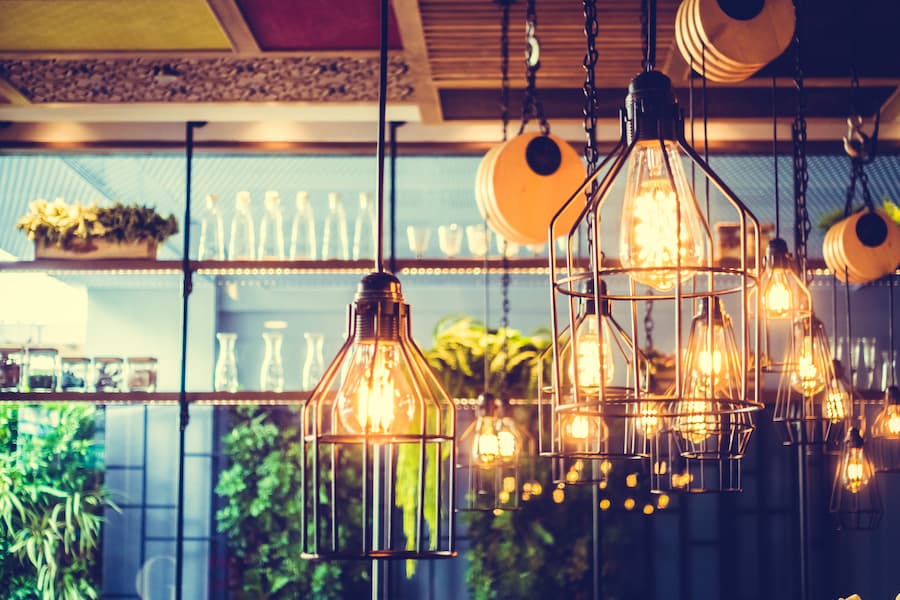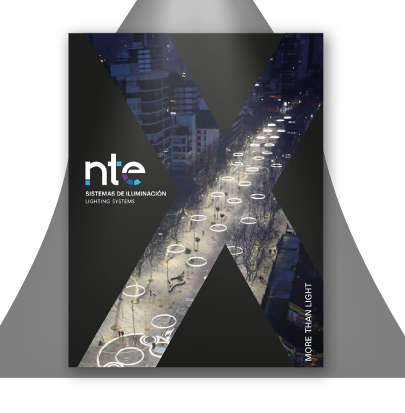The introduction of LED lights has been a major paradigm shift in artificial lighting. This LED technology has improved both the efficiency and the lifetime of traditional light bulbs, which is why its use has been extended to various areas.
Among the possibilities offered by LED lighting, one of the most important is its positive effect on the environment for both direct and indirect reasons.
In the following, we will analyse the factors that make lighting with LED technology environmentally friendly and key to protecting the environment.
Tabla de contenidos
ToggleManufacturing components
The components that make up LED lights are safer and more environmentally friendly than those that made up traditional light bulbs.
In the past, light bulbs contained materials such as mercury and tungsten. These elements, when discarded, damage the soil and water through which they flow. In addition, they are harmful to health, so when a bulb broke it was more than convenient to open the windows so that the gases emitted would not remain concentrated.
Light pollution
Another problem with conventional lighting was that it could not be dimmed, so light pollution became a problem, especially in large cities.
Today, LED technology allows us to adjust the intensity of the lighting system to more natural levels, avoiding excessive power and higher energy consumption.
But this technology is not just limited to city streetlights. In fact, there are already options for the home that allow us to control the light, both in its nuances and its colour.
Saving energy
In relation to the previous point, we must emphasise that lights with web technology allow us to save on our energy consumption, which results in a lower price on our electricity bill.
Their consumption is 80% lower than that of traditional light bulbs, and 25% lower than energy-saving lights. But this does not mean that they provide less light; quite the opposite. Because they are more efficient, they are able to generate a lot of light with less energy consumption.
In addition, the use of solar energy can be added to this. With a photovoltaic solar panel, our consumption can be reduced to almost zero.
In the case of street lighting, the installation of a solar panel on the street light makes the street light self-sufficient.
Resistance
LED lights have a longer life, and can operate in different environments.
They are made of polycarbonate, which makes breakage unlikely, in contrast to classic bulbs that are usually made of plastic.
LED lights have a lifespan of between 35,000 and 50,000 hours. These times are far superior to all other lighting possibilities of the past. Traditional bulbs used to have a lifespan of 1,000 hours, while halogen bulbs could reach 3,000 hours. They even surpass (and by far) energy-saving bulbs, which have a lifetime of up to 15,000 hours.
In addition, they are guaranteed to work in temperatures between -20 and 60 degrees, so they can be used in a variety of contexts.

